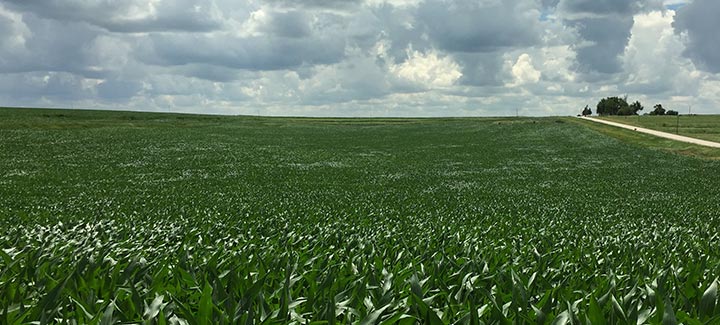Stine Seed Blog
Stine’s Ask the Agronomist blog is your source to the latest information from our expert team, including advice and insight on field practices, product recommendations, planting and harvest updates, new technologies, crop management, innovative research and information about how to keep your farm operation running smoothly year round.
-

The Difference is Stine
February 2014 in General
-

Three Ways to Check for Stalk Rot
September 2013 in Agronomy
-

High Population Corn: Where Higher Yields Take Root
August 2013 in Agronomy
-

When Scouting Fields, Take Notes for Next Year
July 2013 in Agronomy
-

Hope on the Horizon for Weed Resistance
January 2013 in Agronomy
-

New Soybean Technologies Will Give Growers More Choice
December 2012 in Agronomy
-

How to Use Plot Information for Maximum Value
August 2012 in Agronomy




